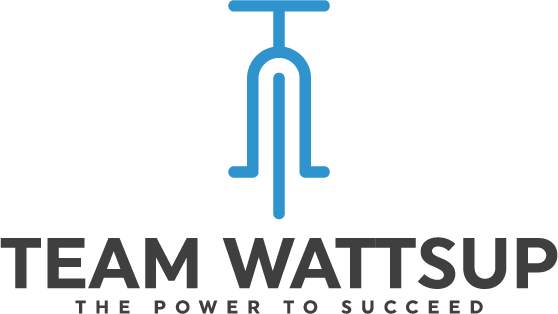Athlete Development – Building The Aerobic Engine
 Cillian Moffat
November 02, 2020
Cillian Moffat
November 02, 2020
To become a fast athlete, the general conception is that you must train hard and fast, working on speed and anaerobic efforts. This does play a part in developing into a fast athlete, but it takes a bit of time and patience before you should pick up the speed and pace. Coming from a GAA background, where my knowledge of the sport was vast, when I took up triathlon I wanted to find out everything I could about it. What it involved, what distances you covered, how you build up to longer distances, how you get faster, and on and on… I wanted to seek out the knowledge that would help me to develop as an athlete. I am fairly level-headed and I know that you must be patient and put the work in over time. You don’t just become a great athlete overnight. Take Bryan McCrystal for example. I have gotten to know Bryan quite well over the past few years, wrecking his head to get all the tips and advice I could get from him. We have a similar entrance to the sport of triathlon, both coming from team based field sports (football and hurling) after falling out of love for the sport. Bryan is an athlete I look up to. Honest, dedicated and consistent. Constantly improving himself as an athlete over the years. All his hard work is starting to pay massive dividends now over the last year or so, and now he is having a crack at the Professional Ironman circuit. Something I dream about doing myself. The big thing I learned from Bryan is to be patient. You might want to get to the top of your age group or get on the podium now, but these things take time. You must focus on the process. Being consistent over a number of years, training the right systems and developing yourself as an athlete will reap the rewards, rather than chasing results. When I started triathlon I was ready to go hard, go fast, get to the top as soon as I could. But unless you are naturally talented ( I was not) this is a recipe for disaster, with the potential to lead to overload, injury, burnout and frustration. It was around this time I discovered Dr Phil Maffetone. He is the man responsible for guiding Mark Allen to 6 Ironman World Championship wins. When he seemed like he just couldn’t put everything together on race day on the Big Island, Phil Maffetone stepped in and changed his approach to training. After years of studying and testing athletes, he developed a simple formula that athletes could use to train off Heart Rate. Introducing MAF and the 180 Formula. The 180 formula allows you to find your ideal max aerobic heart rate to base all your aerobic training at. Calculate your Maximum Aerobic Function (MAF) heart rate here . Training at this heart rate promotes optimal aerobic function without triggering significant anaerobic activity, excess stress, muscle imbalance or other problems. The idea is that the more you train at this heart rate, the more efficient your aerobic system becomes. So ultimately you will become faster at the same heart rate. The MAF test is a way to measure your performance at this heart rate. Check it out here. It allows you to find out your pace at the heart rate when you begin training, and you can then retest every month or so to see how you are improving. Mark Allen did the MAF test and started out at around 5:10min/km at his MAF heart rate. After sticking with this training formula, he brought this down over a number of months to close to 3:20min/km. At the same heart rate! How is that for efficiency! So I thought if it worked so well for Mark Allen, what do I have to lose!. I tested myself at the end of 2015 and my pace initially at my MAF heart rate was around 5:15-5:20min/km. After training consistently at this heart rate over a number of months I managed to bring it down to 4:40min/km, all at the same heart rate. I became so efficient at this MAF HR that my body got used to long runs and I even clocked a 3:23 marathon on a long training day, working off my MAF HR. The moral of the story here is to slow down first before you start training hard and fast. The benefits of MAF (Maximal Aerobic Function) training include: Develop a big aerobic engine Teach your body to become more efficient at burning fat as fuel Reduce the risk of overload and injury Train consistently Build a big platform to work off when you are ready to introduce speed work It is enjoyable
